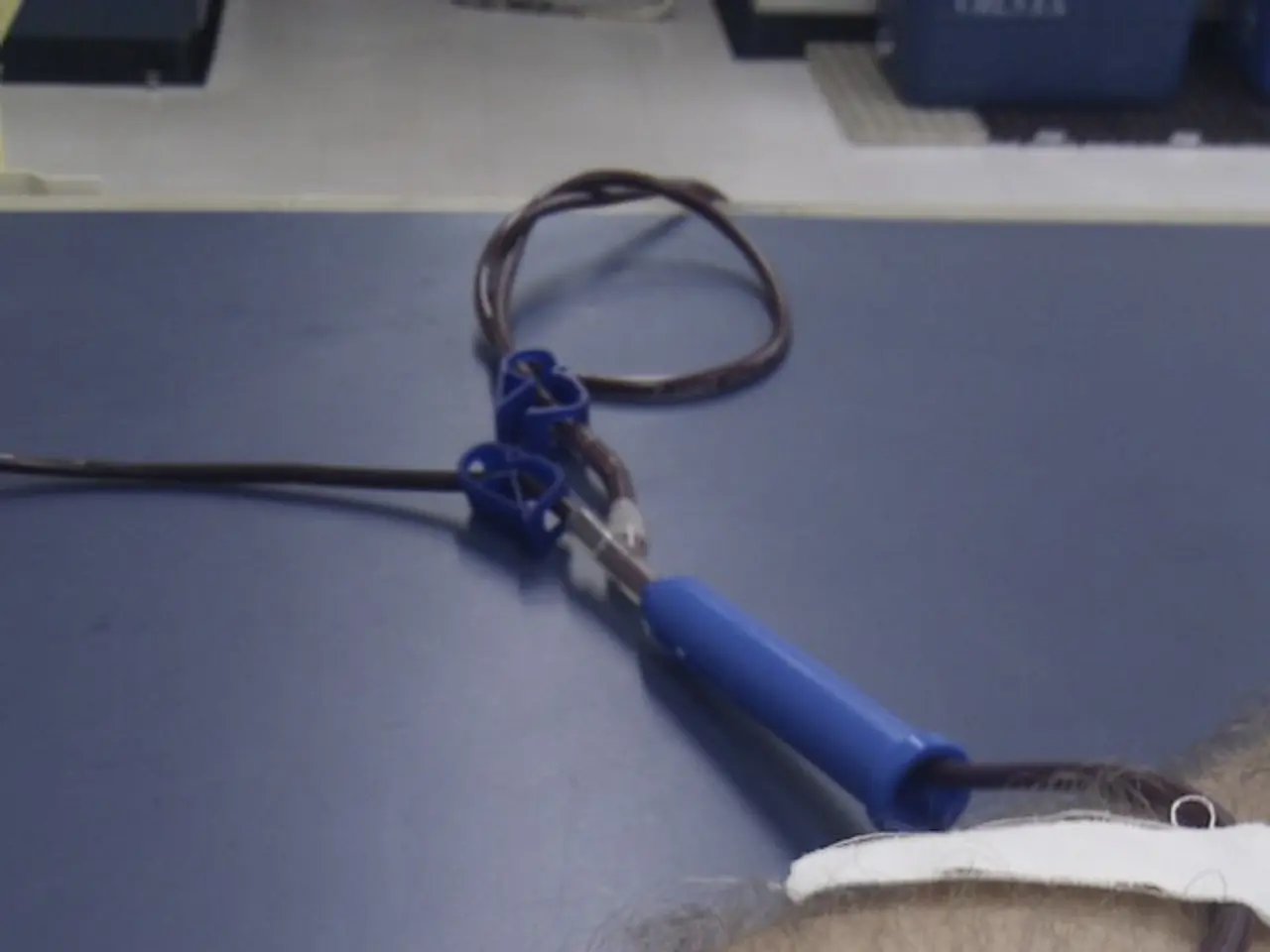Dialysis: Two Main Types in Germany for Kidney Failure
Dialysis is a life-saving treatment for those with severe kidney failure. It performs the vital function of the kidneys, removing waste and excess fluid from the blood. Two main types of dialysis are available in Germany: Hemodialysis and Peritoneal Dialysis.
Hemodialysis uses a machine and a filter called a hemodialyzer to clean the blood. Patients typically need to visit a dialysis center for these treatments, which last around 3 to 4 hours, up to 3 times a week. Without dialysis, harmful salts and waste products can accumulate in the blood, damaging other organs.
Peritoneal Dialysis, on the other hand, uses a catheter in the abdomen to filter blood through the peritoneum. This type of dialysis can be performed at home and requires fewer visits to a medical facility. However, exchanges need to be repeated 3 to 5 times daily, taking a few hours each time. Both methods carry risks such as infections, hypotension, and electrolyte disturbances.
Dialysis is a crucial treatment for kidney failure, which occurs when kidneys function at only 10% to 15% of their typical capacity. While Hemodialysis and Peritoneal Dialysis are the most common forms, alternatives like anemia management, blood pressure control, and kidney transplant can also play a role in managing kidney failure. Each patient's needs and circumstances should be considered when deciding on the best treatment option.







